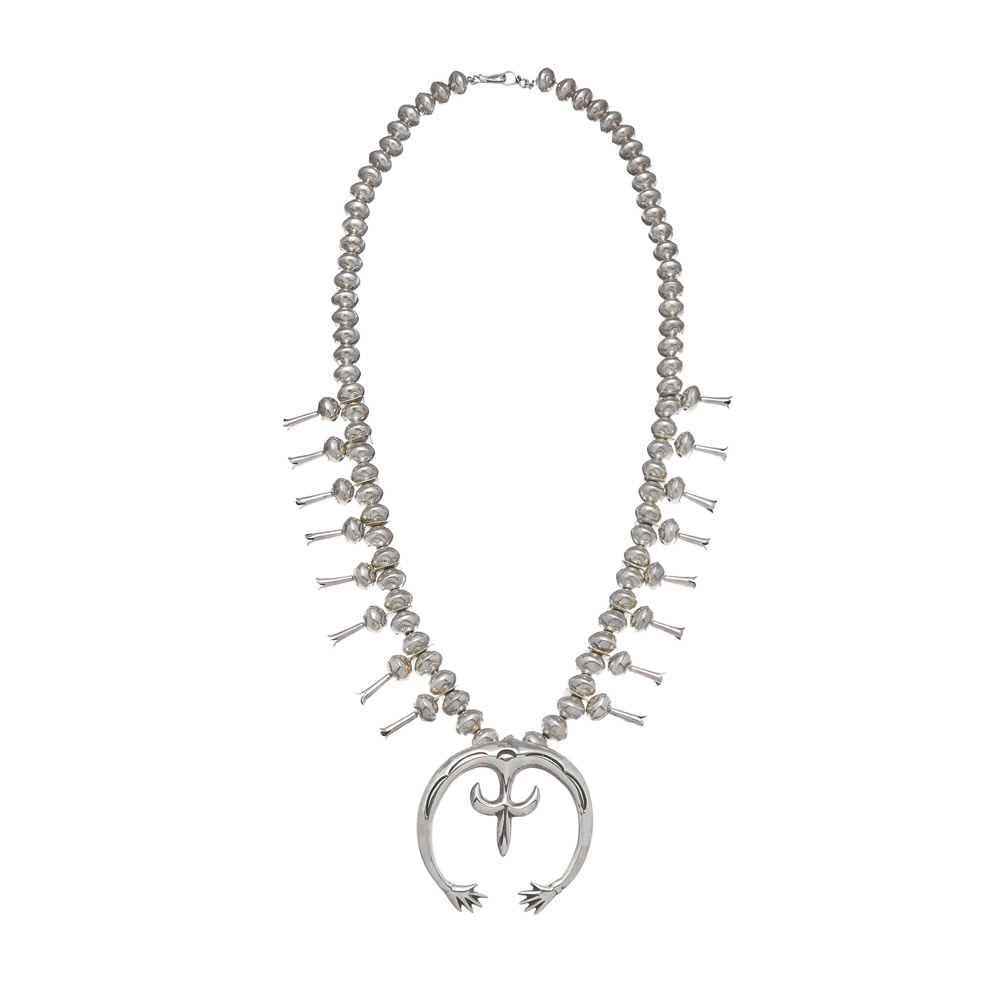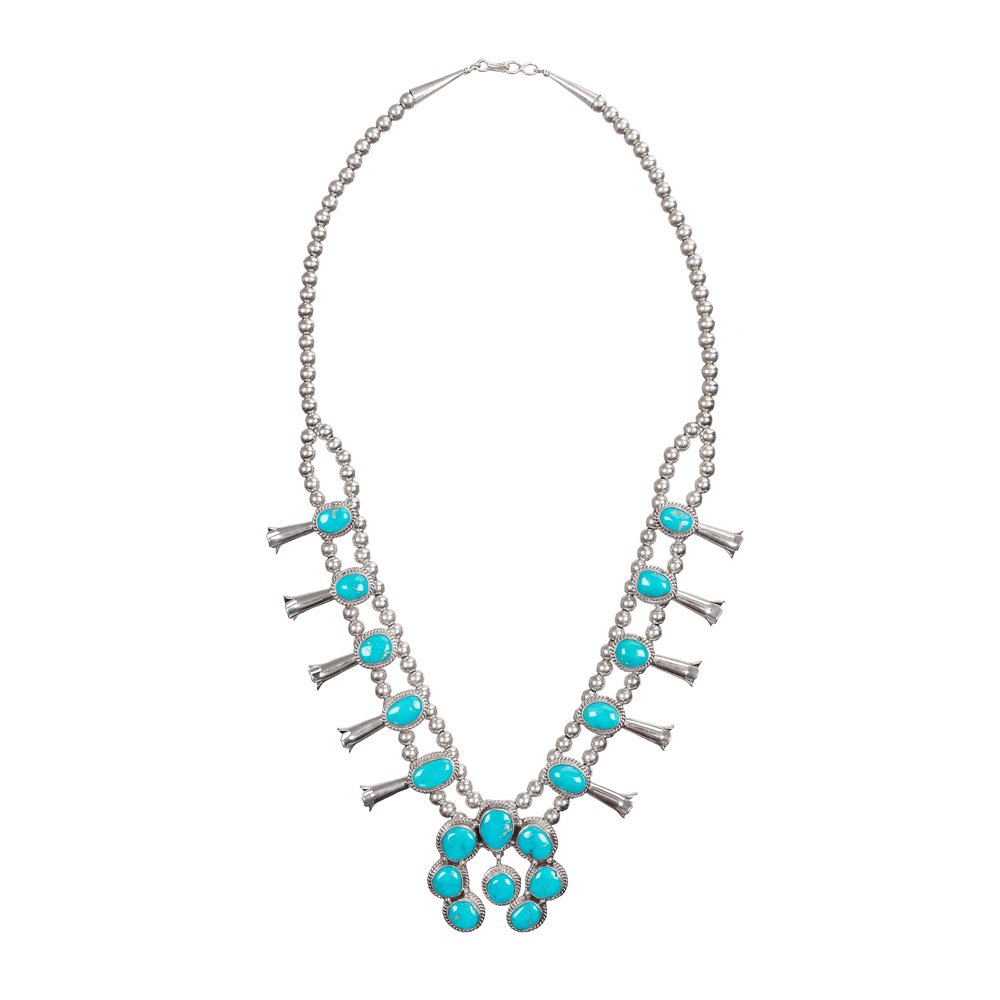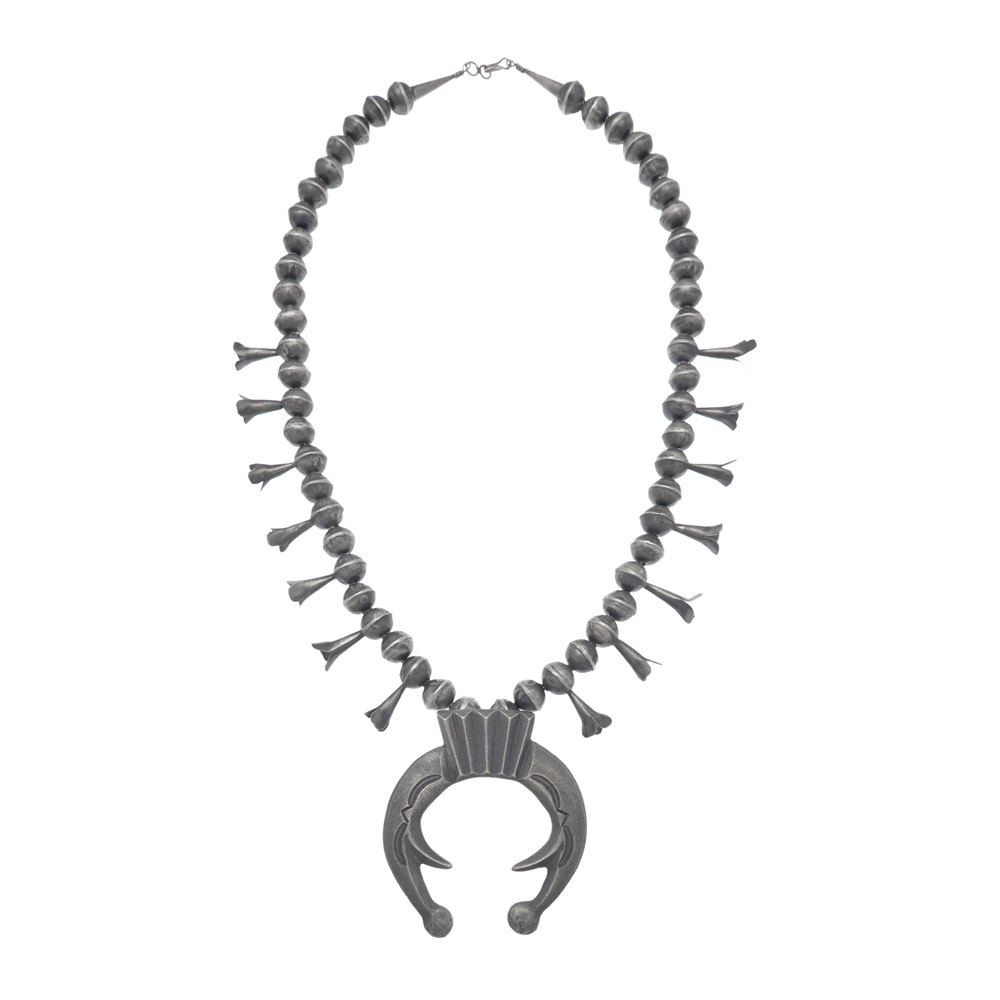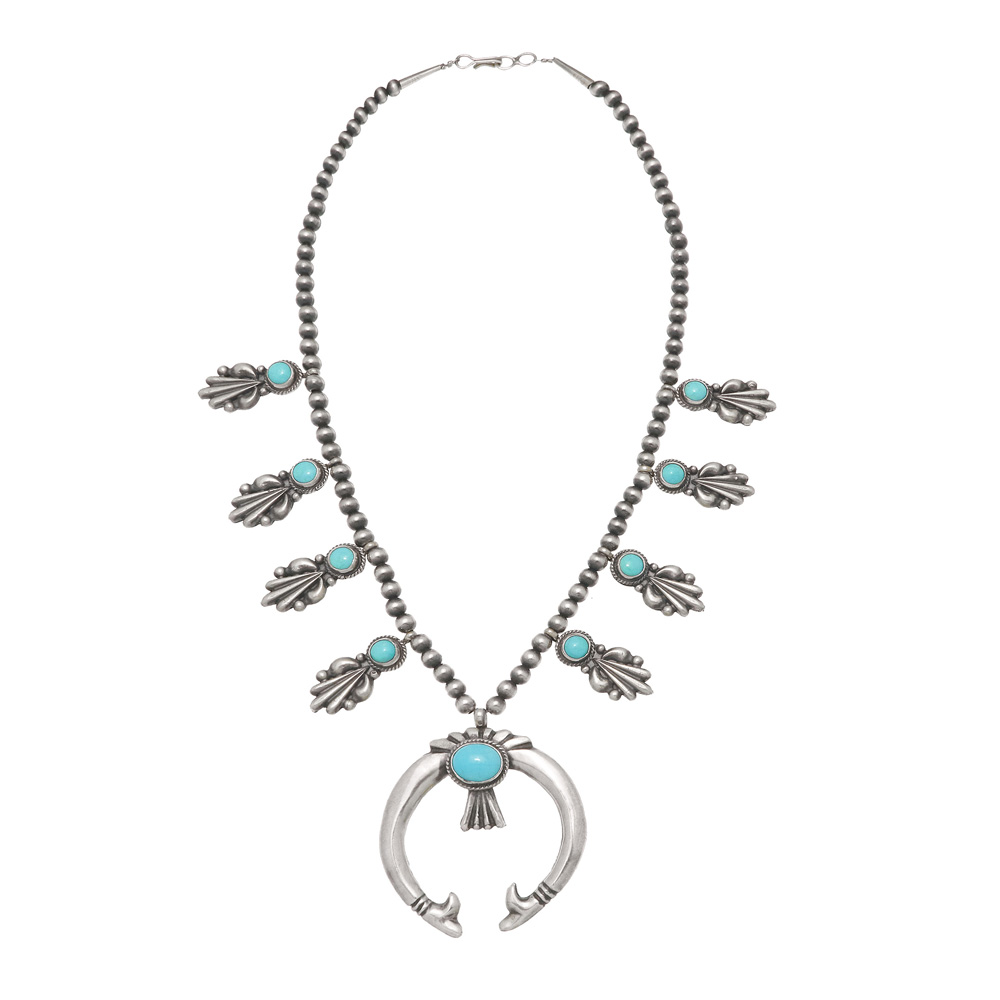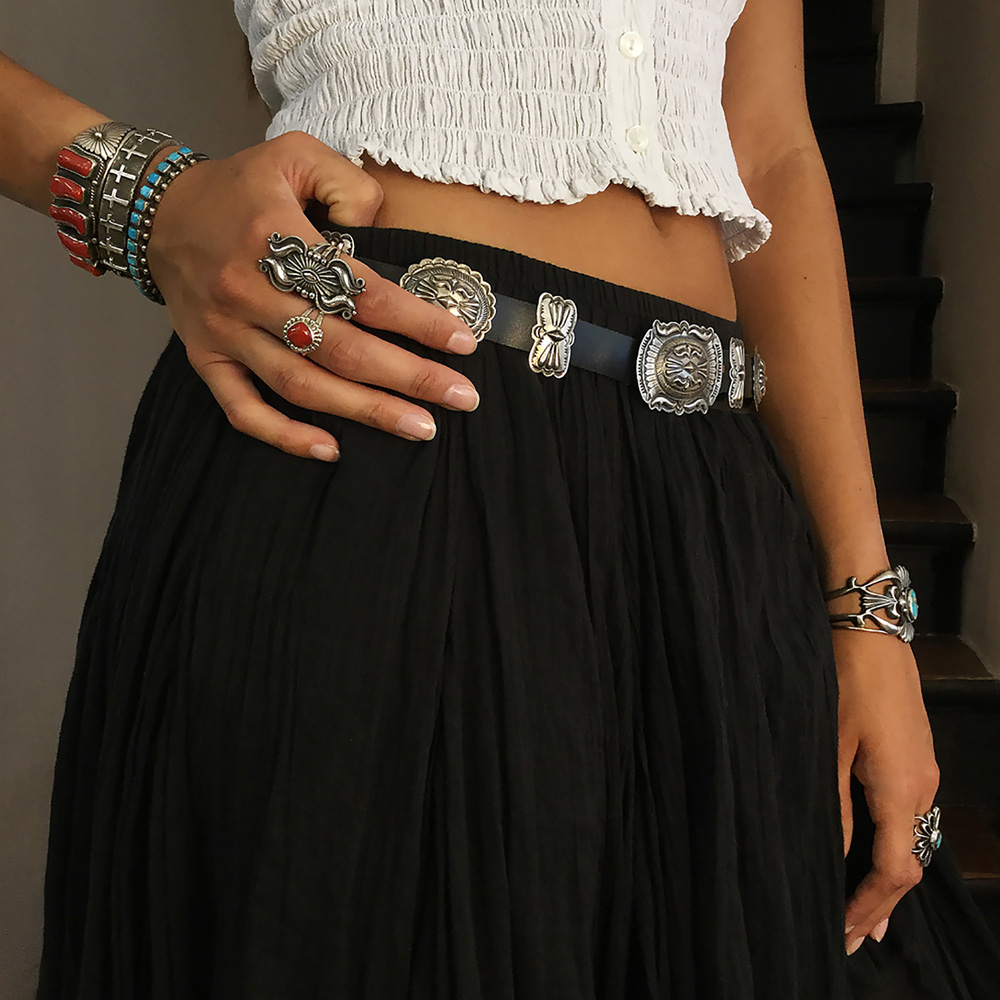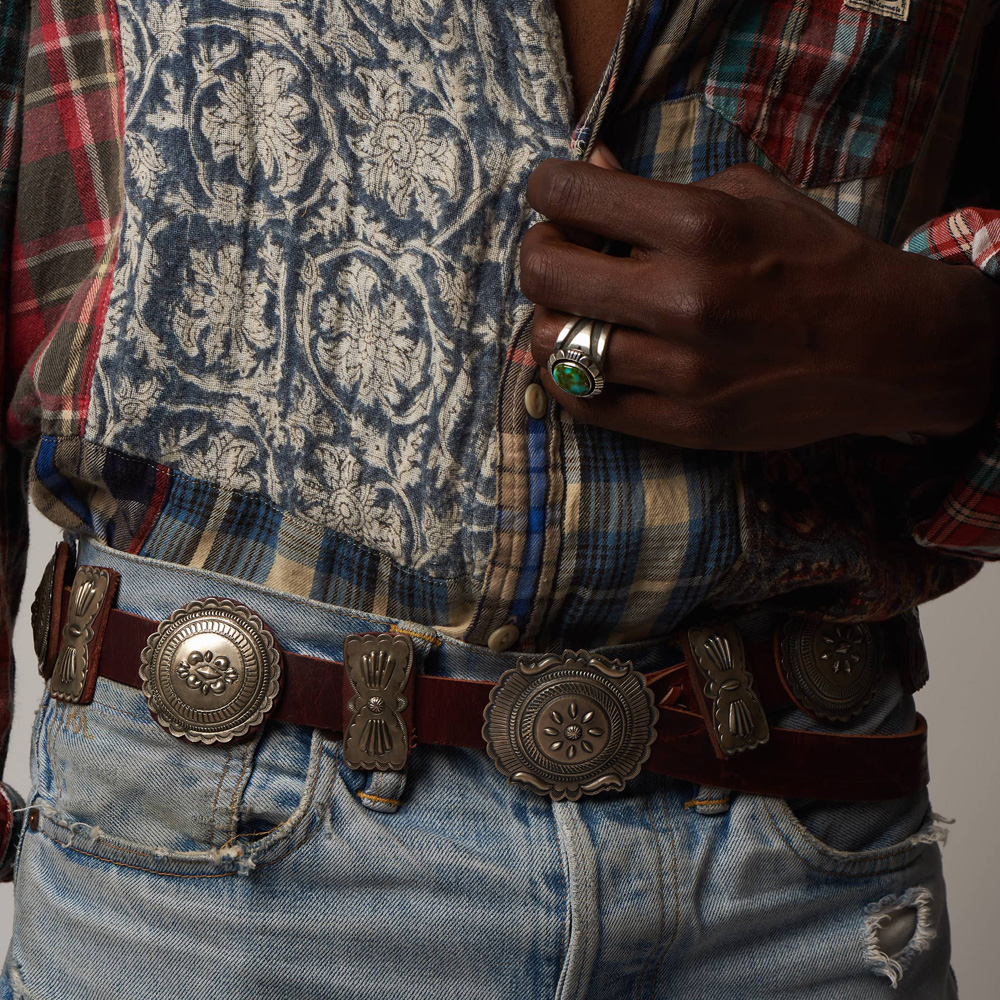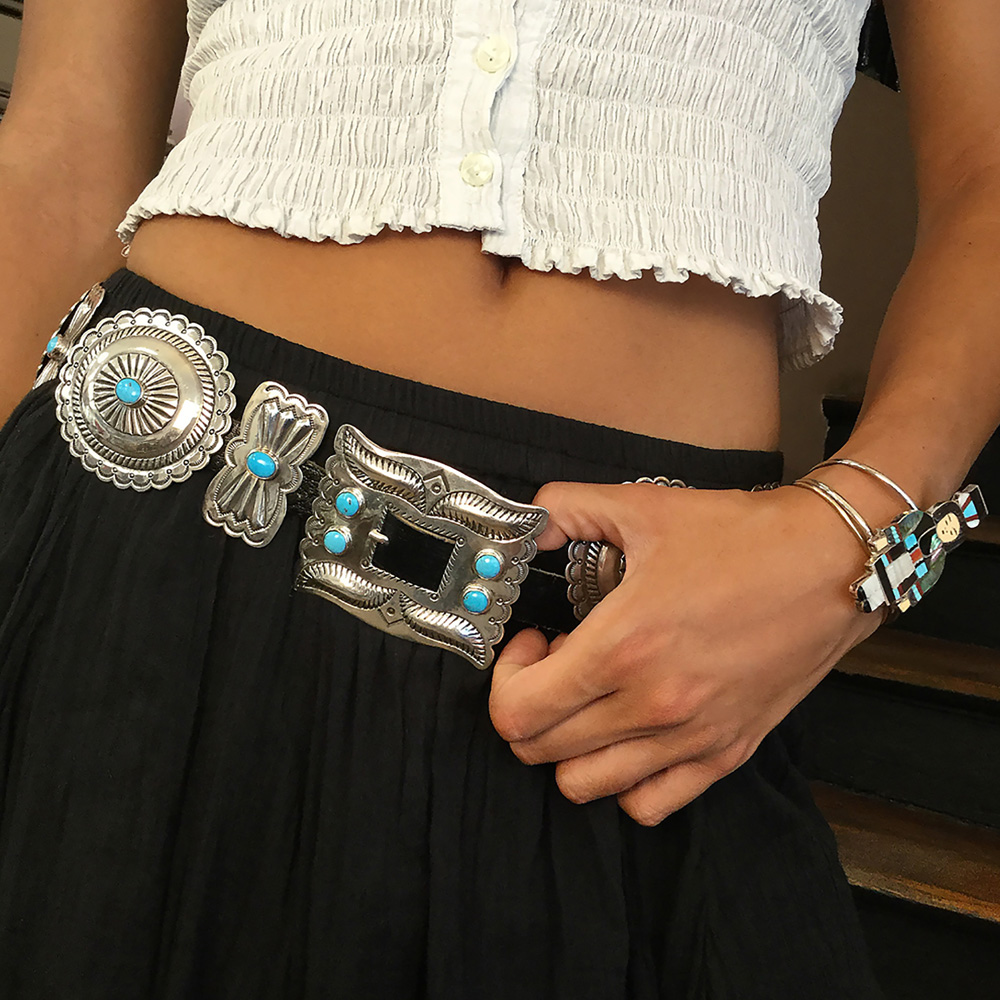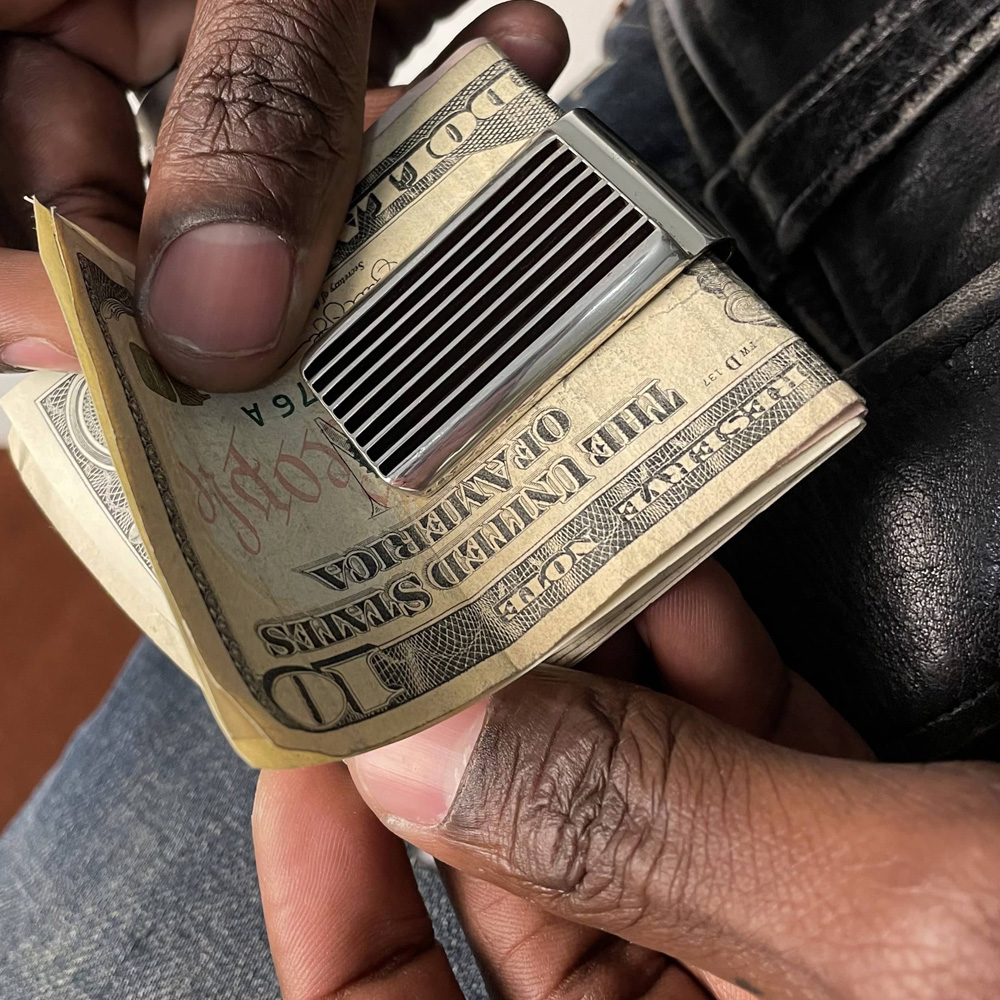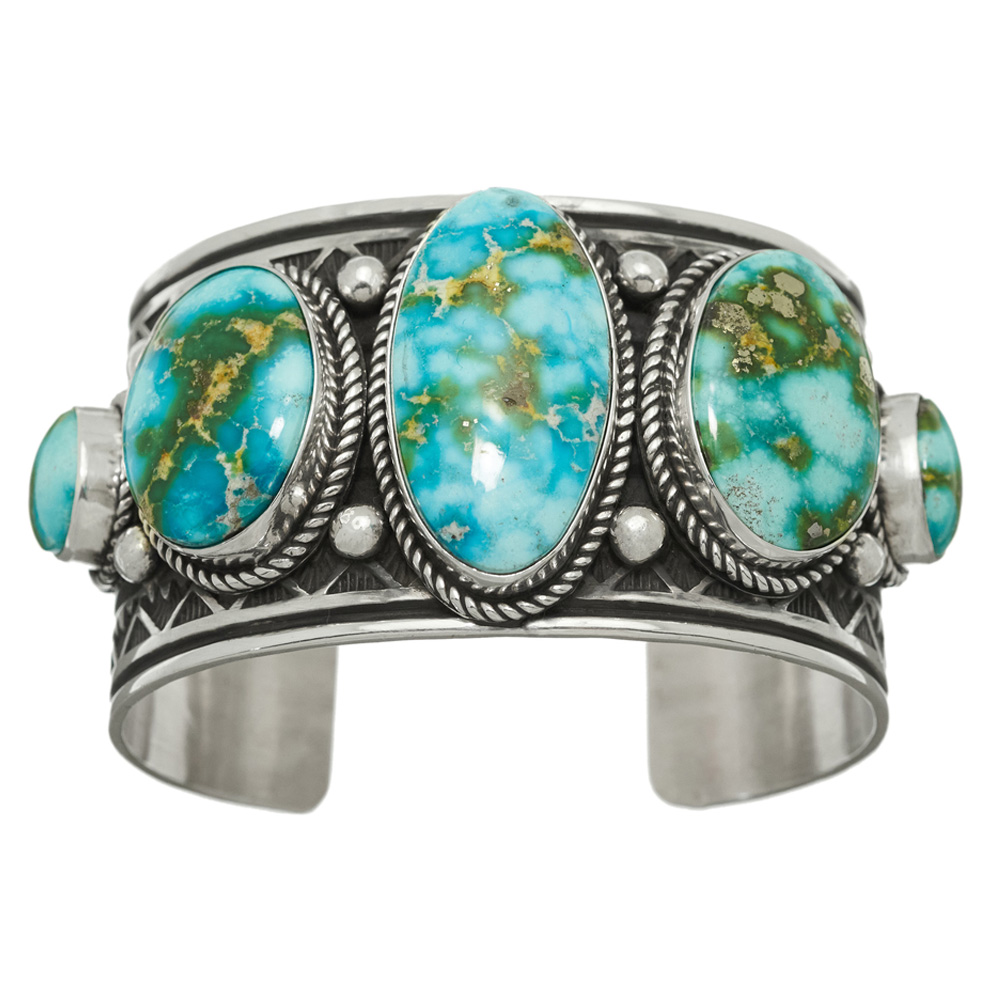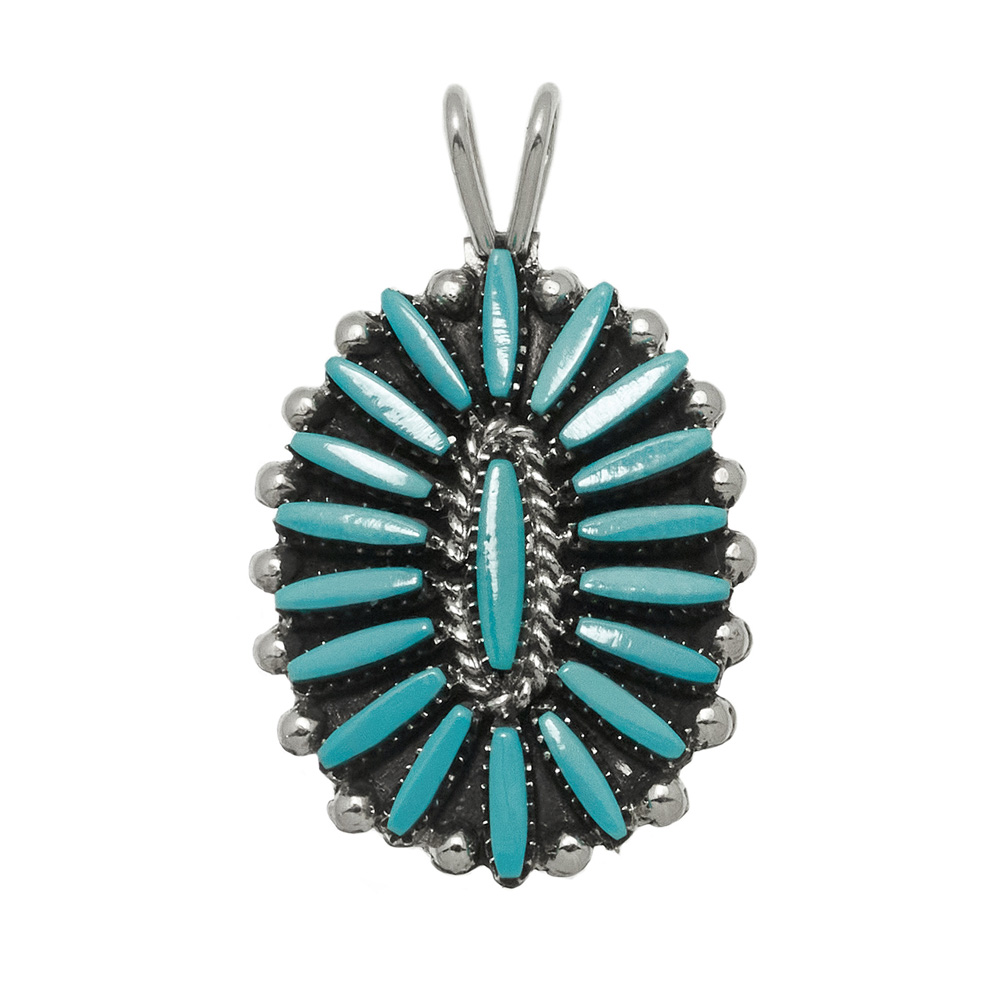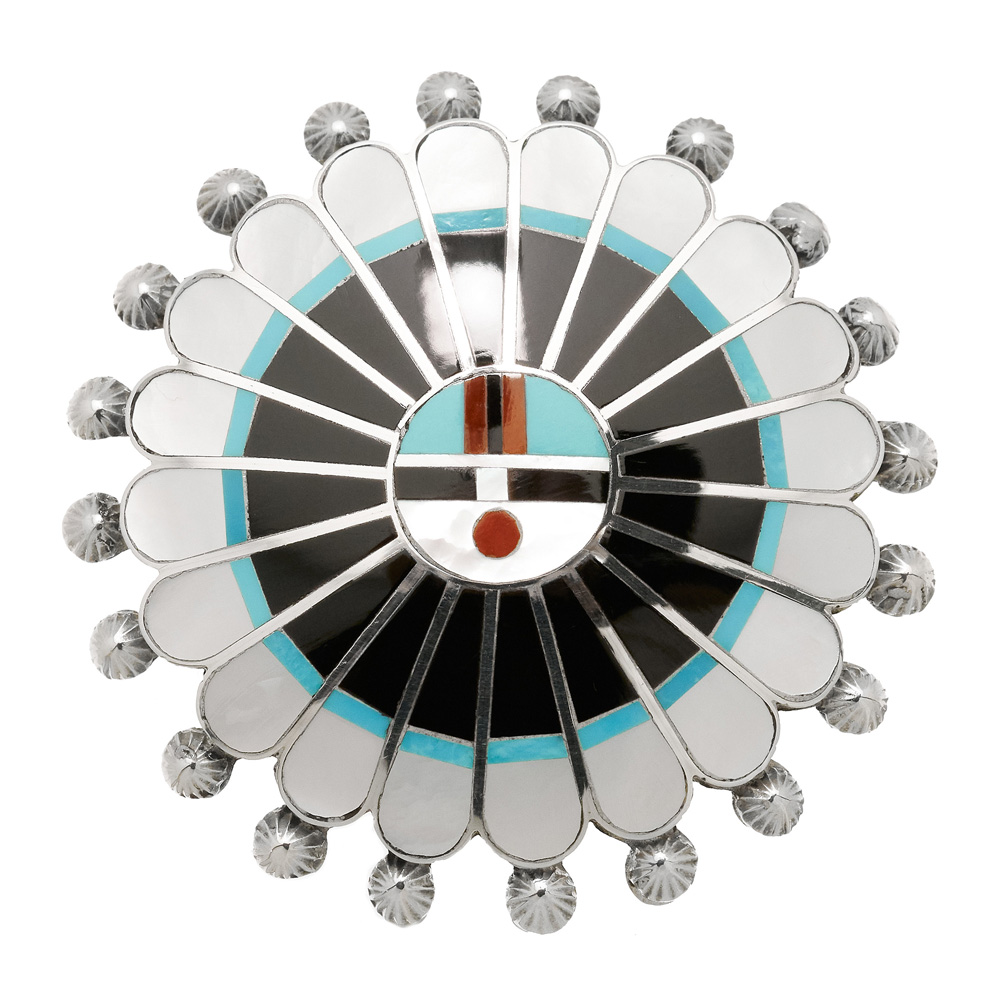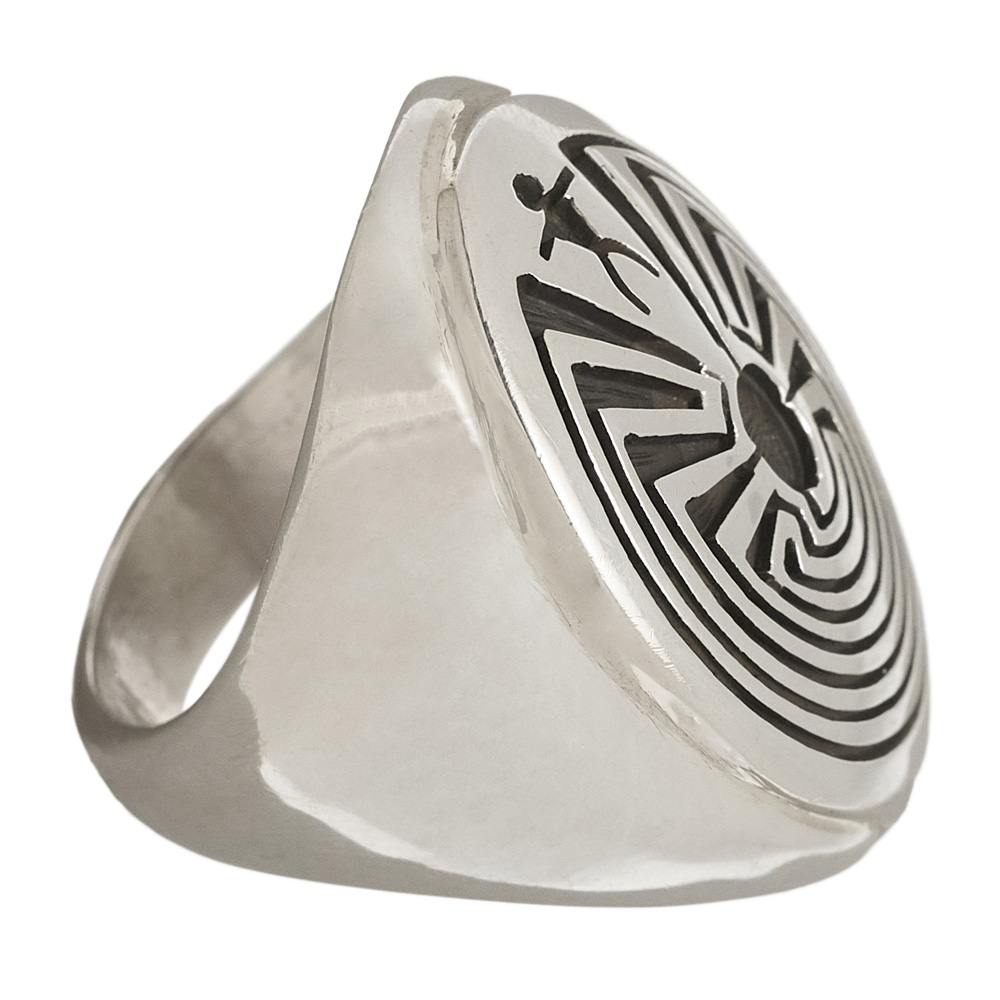South-West of the USA : house of Native jewelry
First of all, let's locate geographically the part of the United States where HARPO's Native American jewelry comes from: because it is in the heart of Paris, in our one and only boutique, that we offer you a journey highlighting the high-end craftsmanship of the jewelers of the "Colorado Plateau" (where southeastern Utah, western Colorado, northwestern New Mexico and northern Arizona come together). It is in this area that the most beautiful Native jewelry know-how takes place, and we would like you to know more about it.

The art of turquoise jewelry, an ancestral know-how:
Since the dawn of time, or since "many moons" as the Natives say, the various Native American tribes that populated this region already excelled in making jewelry from natural materials: wood, shells and different stones, turquoise being the most adored. This captivating blue stone has always been at the center of the creation process.
At that time, jewels were certainly beautiful pieces of ornament but they also had a spiritual and religious importance. Necklaces, bracelets, earrings and rings were worn during ceremonies and often buried with the deceased upon death.


The introduction of sterling silver
When Europeans first crossed into the Southwestern United States in the 1500's they encountered peoples who had no knowledge of metal and silver since this material was not common in the region. But over the centuries, as Spanish colonization of Mexico intensified and the Southwestern United States was invaded by this occupation, the way of life and skills of the region's inhabitants were disrupted. Among many commercial and cultural exchanges, it is notably during this period that metal tools appeared.
It was between 1830 and 1860 that the Navajo (from their native name Dine, meaning people) were introduced to silver and copper jewelry by the Spanish-Mexican settlers.


The adaptation and appropriation of a jewelry know-how
Once introduced to these techniques, the Dine created jewelry that is unique to them and that is now a true symbol of Native American jewelry in the Southwestern United States. Two particularly strong pieces have been emblems of their fine craftsmanship since the early 20th century
The Squash Blossom
This beautiful ceremonial necklace features a Naja pendant (an ancient and international symbol) reminiscent of the crescent moon and horseshoe. Its beads mimic the shape of the pistil of the pomegranate, a shape that itself has traveled from the Middle East to the U.S., and which the Natives identified as the Squash Blossom, as this squash was one of their major foodstuffs.
The Concha belt
"Concha" in Spanish is the conch / shell. This beautiful oval shape is a Spanish, then Mexican heritage, and has now become an iconic piece of Native American jewelry.
The handover between tribes
Once the Navajo launched into the high-end silversmithing, they paved the way for other tribes (Zuni and Hopi in particular) to be trained in jewelry and, above all, the field of possibilities opened up to all types of jewelry:
Thus, from 1880 to 1950 we see many jewelry and accessories flourish: as well as ornaments for horses, buttons (for shirts and moccasins), hat tricks, belt buckles, bolo ties ... Then later from the 70s come even barrettes, collar tips, Everything is allowed! And the creativity, the meticulousness and the sense of detail of Native jewelry is unparalleled.
And the most beautiful thing in all this is that each tribe has begun to excel in certain fields.
Thus, while the Navajo make superb jewelry all in silver set with incredible and sometimes voluminous turquoises, the Zuni excel in the very meticulous work of marquetry (in turquoise and shell) and in the "Needle Point" a technique of cutting and setting of stones very fine and elegant. The Hopi focus on compositions almost entirely in silver, centering on beautiful designs often inspired by the petroglyphs of their Native culture and on a stenciling technique they have developed, called the Overlay. Finally, the Pueblo Indians are certainly those who have remained closest to Native jewelry.
A rare and exceptional craftsmanship
From all this background comes exceptional jewelry, which reveals a unique know-how that we want to highlight at HARPO. When you buy one of the unique pieces in our jewelry store, you must understand the number of hours of work and the personal involvement of the artist behind it. Today's Native jewelry, due to the changing lifestyles, is becoming rarer and having a HARPO jewelry is having a piece of history on you. HARPO jewelry in sterling silver and turquoise is a timeless piece of jewelry that we hope to see through the ages.
As we have been saying for a long time: HARPO, not just a present, a way of life.
 Rings
Rings Bracelets
Bracelets Necklaces
Necklaces Earrings
Earrings Pendants
Pendants Buckles
Buckles Belts
Belts Fetishes
Fetishes Bolo ties
Bolo ties Stunning Pieces
Stunning Pieces Moccasins
Moccasins Miscellaneous
Miscellaneous Decorations
Decorations